- Thursday, May 29, 2025
- Stay Connected
 Abraham Lincoln
If given the truth, the people can be depended upon to meet any national crisis...
Abraham Lincoln
If given the truth, the people can be depended upon to meet any national crisis...
 Guildford news...
for Guildford people, brought to you by Guildford reporters - Guildford's own news service
Guildford news...
for Guildford people, brought to you by Guildford reporters - Guildford's own news service
Birdwatcher’s Diary No.256
Published on: 31 May, 2022
Updated on: 4 Jun, 2022
By Malcolm Fincham
May 15 brought with it our first reasonable spell of rain in a while.
One could almost hear (with a degree of imagination) the sounds of the plants and the trees supping up the water!
And enough had fallen by the end of the day to seal cracks in the soil, after the long dry spell, and replace them with puddles.
The feel of summer was becoming a perception of promise as I set out across the Surrey border to Pulborough Brooks in West Sussex with school-day friend Martin. (“Chippy” as we knew him in those days).
Still keen on wildlife ventures, he had surprisingly requested my company for a day out to see what we might find.
Pulborough RSPB is renown for its nightingales at this time of the year, and these African summer visitors were once again not letting us down with their delightful song.
A surprise sighting overhead was a white stork, this one probably from the Knepp Estate reintroduction project. A place I’m hoping to revisit later this year.
In a tree overlooking the “scrapes” and lagoons on the flood plains of the River Arun a common buzzard could be viewed. It was in a spot I had often seen a peregrine perched during winter months when wildfowl is abundant there.
The warmer weather had begun to bring a few dragonfly species out on the wing.
While my personal best sighting at Pulbrough Brooks was a rather confiding bank vole.
A visit to Chiddingfold Forest with Bob and Dougal a few days later was good timing to see the first brood of wood white butterflies on the wing.
This is probably the best place to view them in southern regions of the UK. Counting well over 40 in our walk along the forest track from Botany Bay.
Large white butterflies were also now out on the wing.
As well as brimstone butterflies.
Although, as always very elusive, as at Pulborough, nightingales could be heard as in previous years, and still in reasonable numbers there. Although these ones were even more elusive to see.
Garden warblers were also in song along with their similar sounding cousins, the blackcap.
A visit to Witley Common helped to add a few new sightings to our year last. The grizzled skipper butterfly being one.
Strangely named, sounding more like something one would order at a fish and chip shop, we saw at least three while there. And managed to photograph one on a bird’s-foot trefoil flower (see above).
Although not the most glamorous of butterflies, the dingy skipper was a bit of an unfair name to give, too!
A few common blue butterflies could also be added to the day’s list.
The song of a common restart could be heard, and not too far away. Eventually we caught up with him as he perched high up in a mature pine within an area that had been cleared of undergrowth in recent years.
Two woodlarks flew up from beside the footpath as we made our return.
Much of my time was spent at Britten’s Pond at Salt Box Road during the last weeks of May.
Ever hopeful of another decent shot of the one of the kingfishers that grace the lake from time to time.
However, I remained content with the diversity of other birds that make an appearance there, but was rewarded right at the end of the month as the kingfisher flew past and I got some photos.
A pair of common terns continued to make daily visits, even though they had no suitable place there to rear their young.
The male could often seen carrying out the ritual of catching a fish and returning to the female to feed her.
At least one cormorant was a regular sighting, occasionally catching a fish or two before heading to its roost.
Another pair of Canada geese had produced a clutch of goslings.
And another clutch of moorhen chicks appeared out on the water.
While as many as 15 or more greylag geese gathered both in and around the lakeside mingling among the other Canada geese.
A pair of Egyptian geese could also be seen there on occasions.
A great spotted woodpecker flew back and forth across the pond seeking food for its young.
Blue tits were among the many birds now feeding young.
Grey wagtails had produced a family too.
I even had what was my first recollection of a reed warbler in song.
A reed bunting was also a delight to see.
As handsome as they appear, jays are smart in lesser appreciated ways too!
One particular individual could be observed rifling through the bushes around the margins of the pond looking for any nests with contents to consume.
At numerous locations including Britten’s Pond, many birds were now busily feeding their young, and cautiously keeping an eye out so as not to be observed by predators.
A wren was also dilatory as to where it intended to go while carrying nesting material.
On warm sunny days damselflies could be seen in reasonable numbers there.
Other insects seen were rose-chafer beetle.
And seasonally named May-bugs.
A few more rainy days passed through during the last weeks of the month as low pressure systems kept rising temperatures in southern Europe at bay.
Sunny periods in the southern regions of the UK allowed me plenty of opportunity to weild my camera within the Surrey countryside in hope of adding a few more pictures to my diary.
Elsewhere, I finally caught up with the sighting of my first spotted flycatcher of the year on a heathland in Farnham.
While on my local heathland patch on May 25, at dusk, I was able to capture a rather poor quality shot of one of three woodcocks roding overhead and calling.
Unfortunately, darkness descended too much for an up-to-date photo of a nightjar by the time it had taken to the air, having spent a good while making its churring sounds.
During the last days of the month high pressure began to build again from the south-west bringing in a cool north-westerly.
Temperatures in in the low 20s with sunny periods made allowance for some good birdwatching opportunities. However, on May 27 I most certainly hadn’t expected to be enrolled in the venture that was to be. Once again it was solely due to the unbridled enthusiasm of Dougal.
An Eleonora’s Falcon had been spotted at Worth, near Sandwich Bay, in Kent. This was almost a mythical visiting bird to the UK, with just a handful or so having ever been reported.
They breed in areas of the Mediterranean and very seldom venture so far north.
To see it involved a trip along the infamously stressful M25. Fortunately most of the traffic was on the contraflow. Glancing across the central barrier it looked like a giant car park as most vehicles were stationary.
Well! I thought, with a tune in my head. “This ain’t no technological breakdown. Oh no, this is the road to hell.” Chris Rea wasn’t far from wrong when he wrote the song Road to Hell. “This ain’t no upwardly mobile free-way,” I muttered as we drove along the road.
Having arrived at our destination all thoughts of the stressful journey had evaporated, as we watched in breathless wonder as the falcon displayed acrobatically overhead catching dragonflies.
It was certainly looking as content with its surroundings as we had.
Just a few days later on May 29 I was alerted to another delight.
Although having already seen one earlier this year at Farlington, spoonbills are a rare sight in Surrey, and one had been report at Tice’s Meadow near Farnham. Always a delight to see anywhere, but especially so close to home.
Among other delights there included: little ringed plover.
Several lapwings.
And a roe deer grazing along grassland on the far bank.



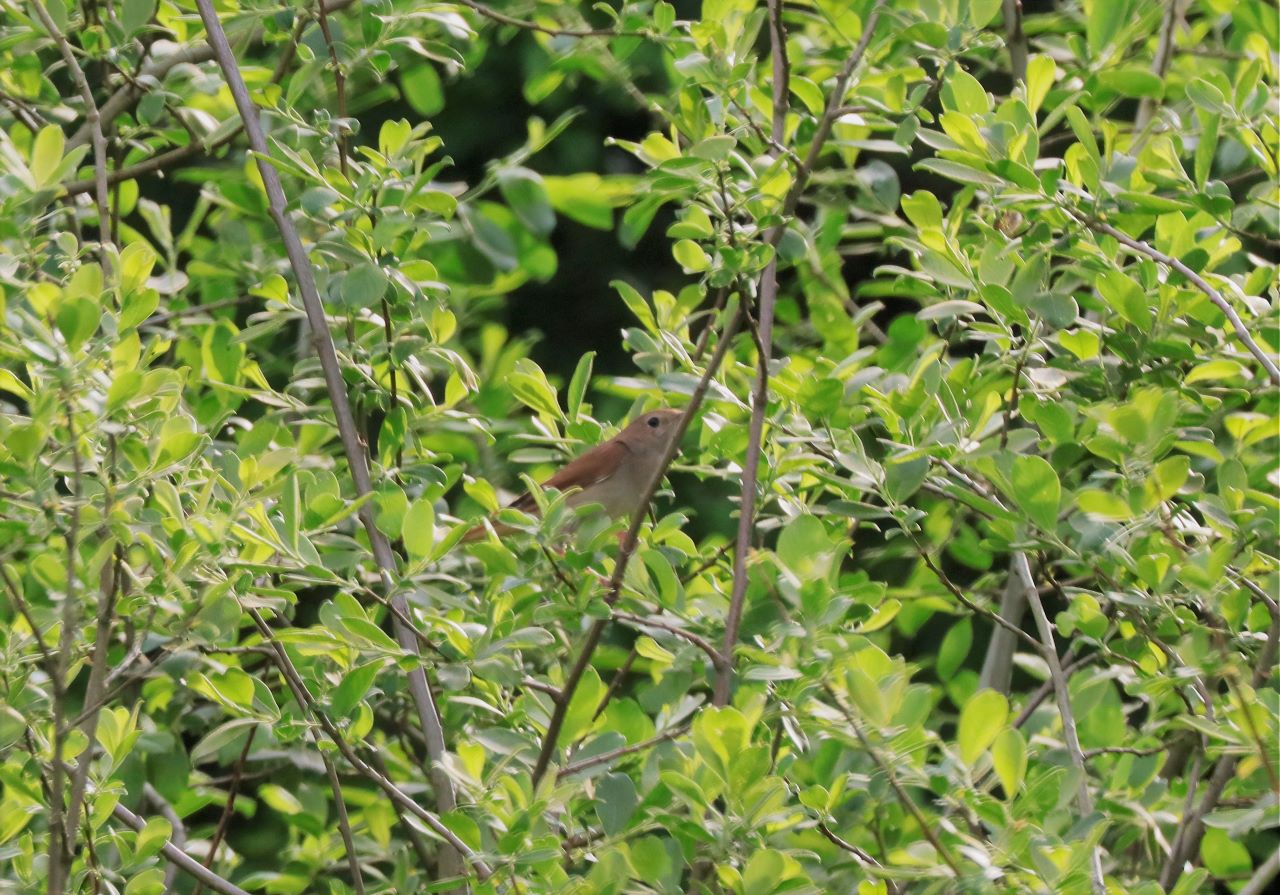
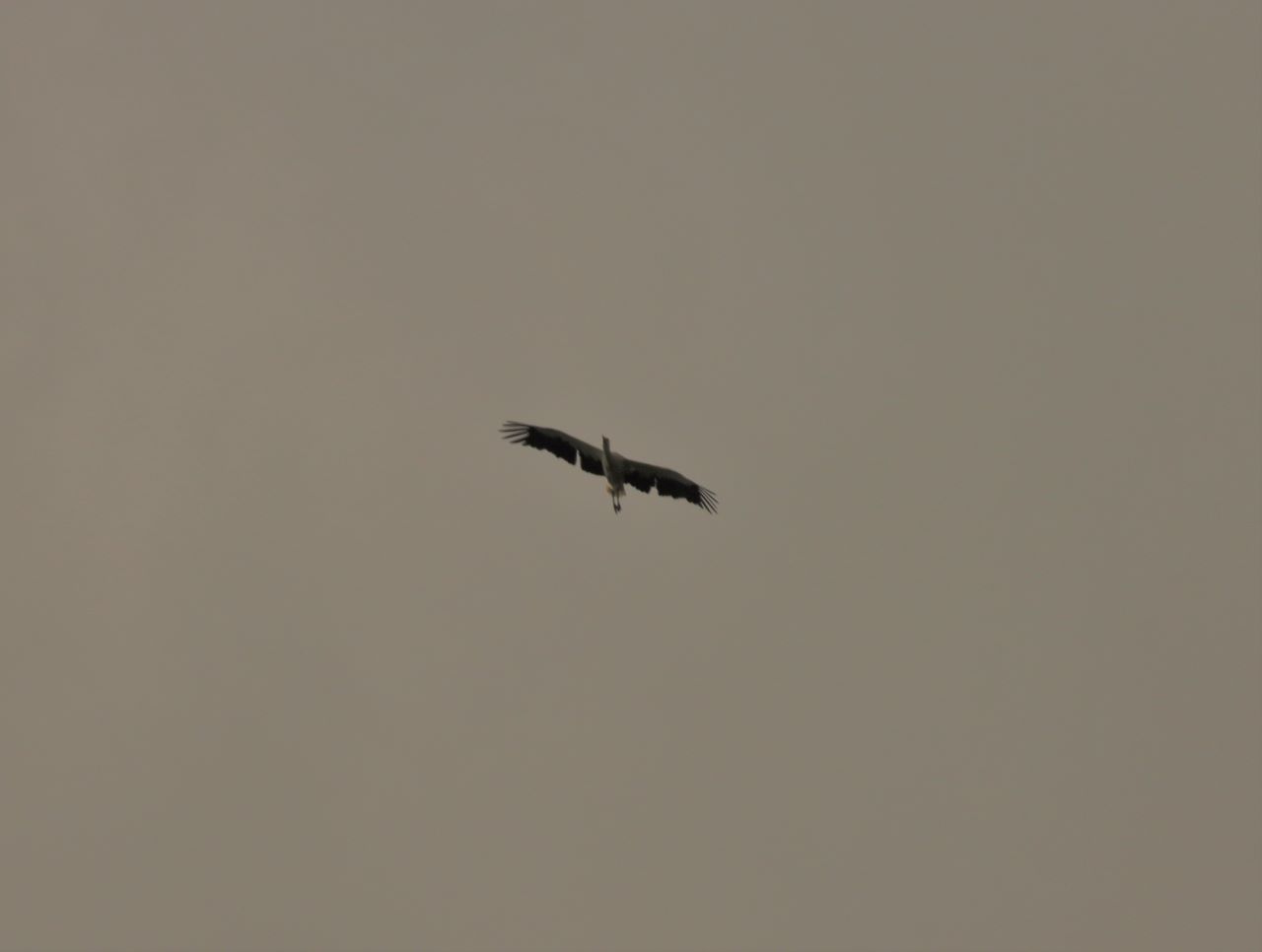


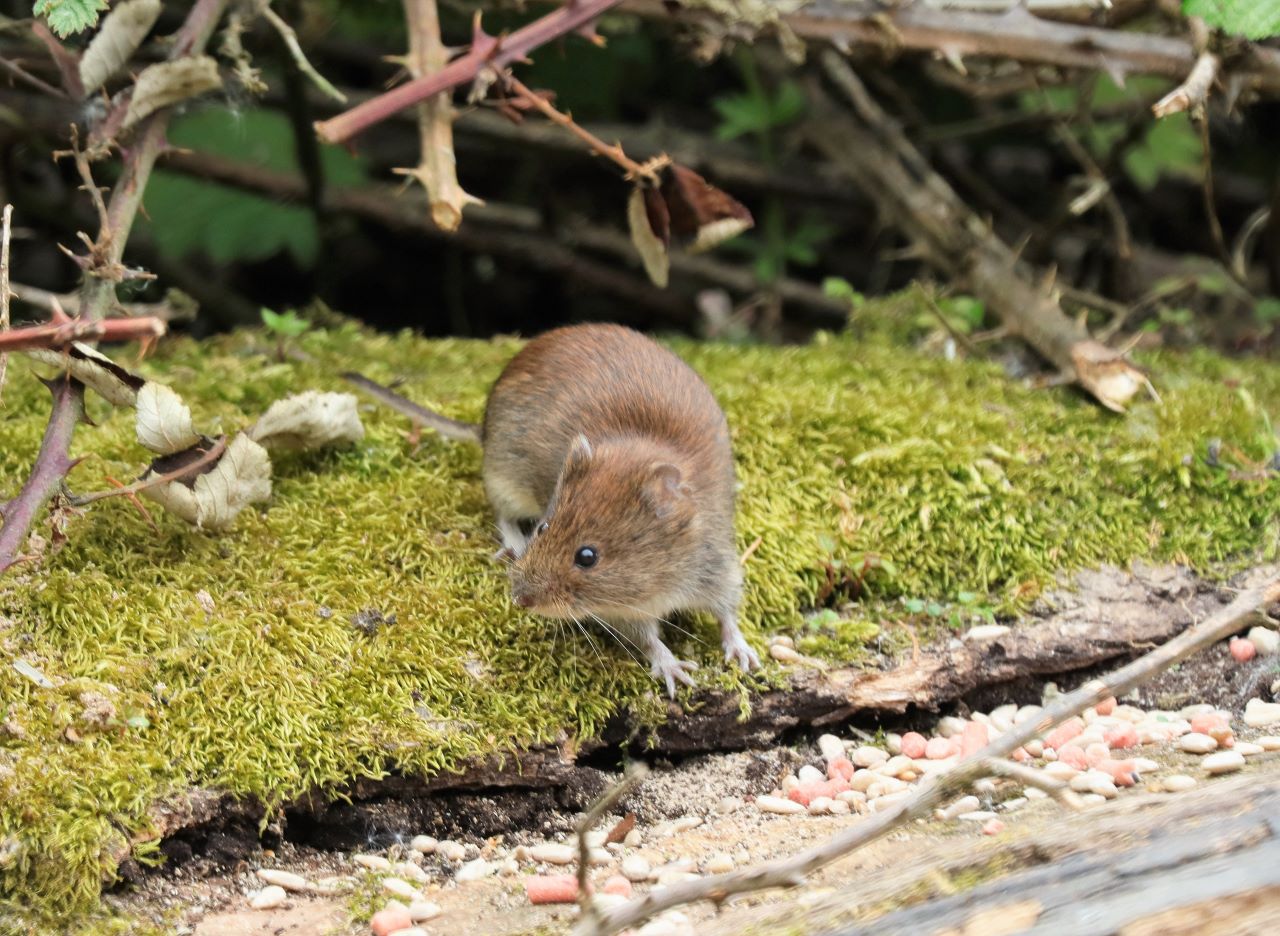
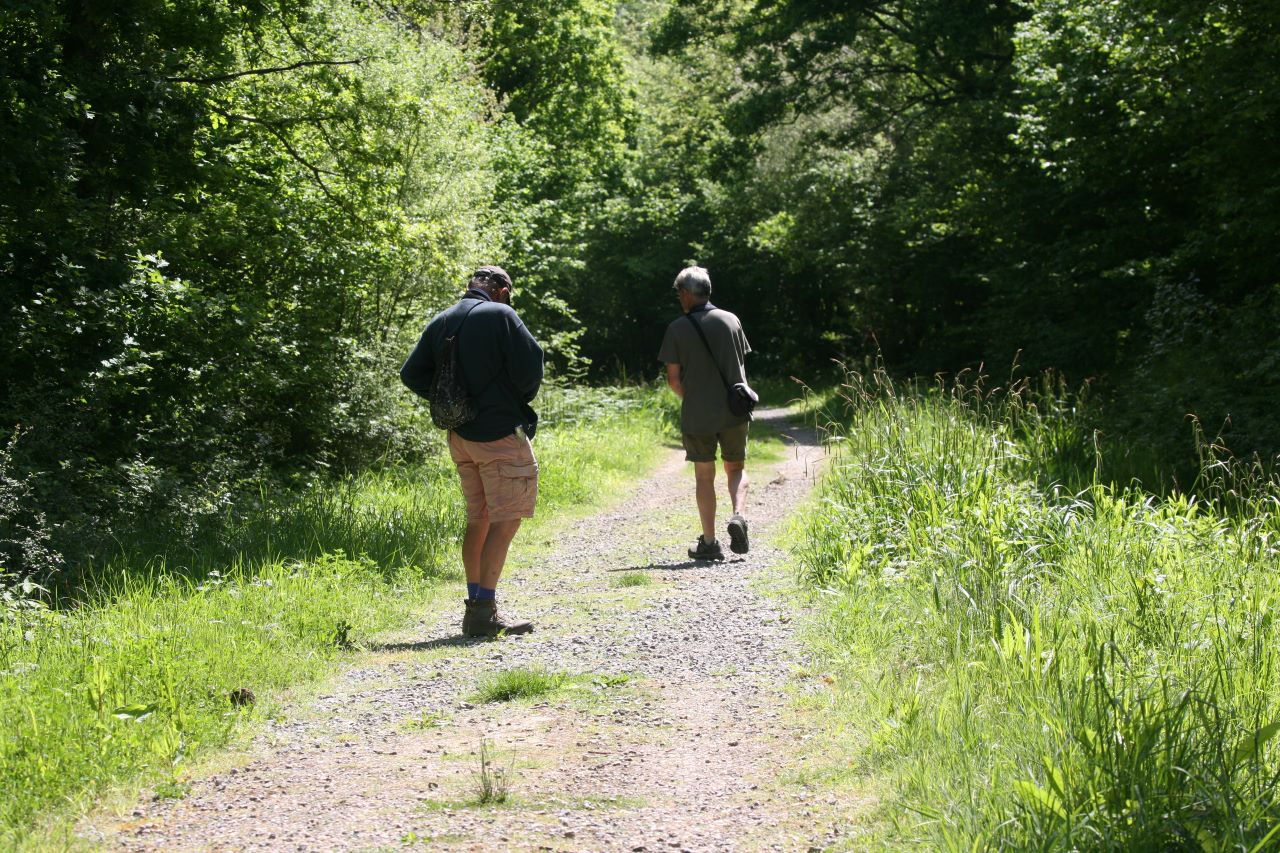

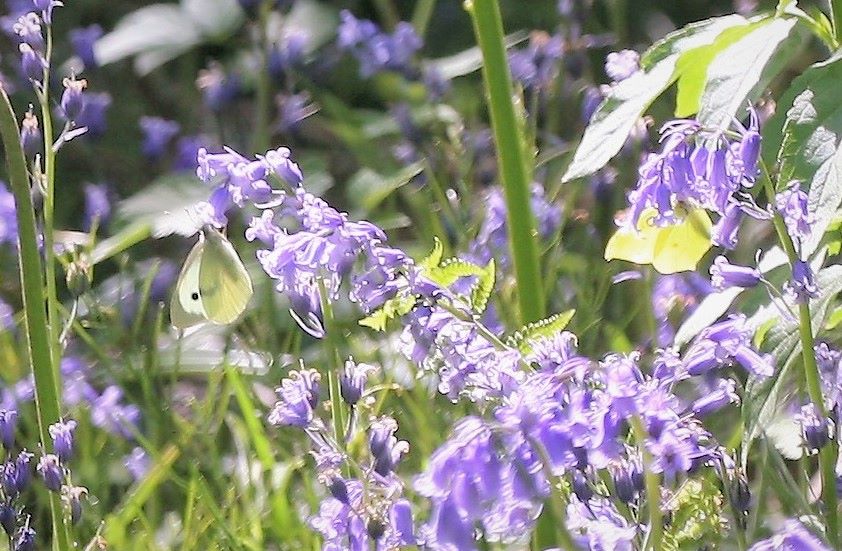

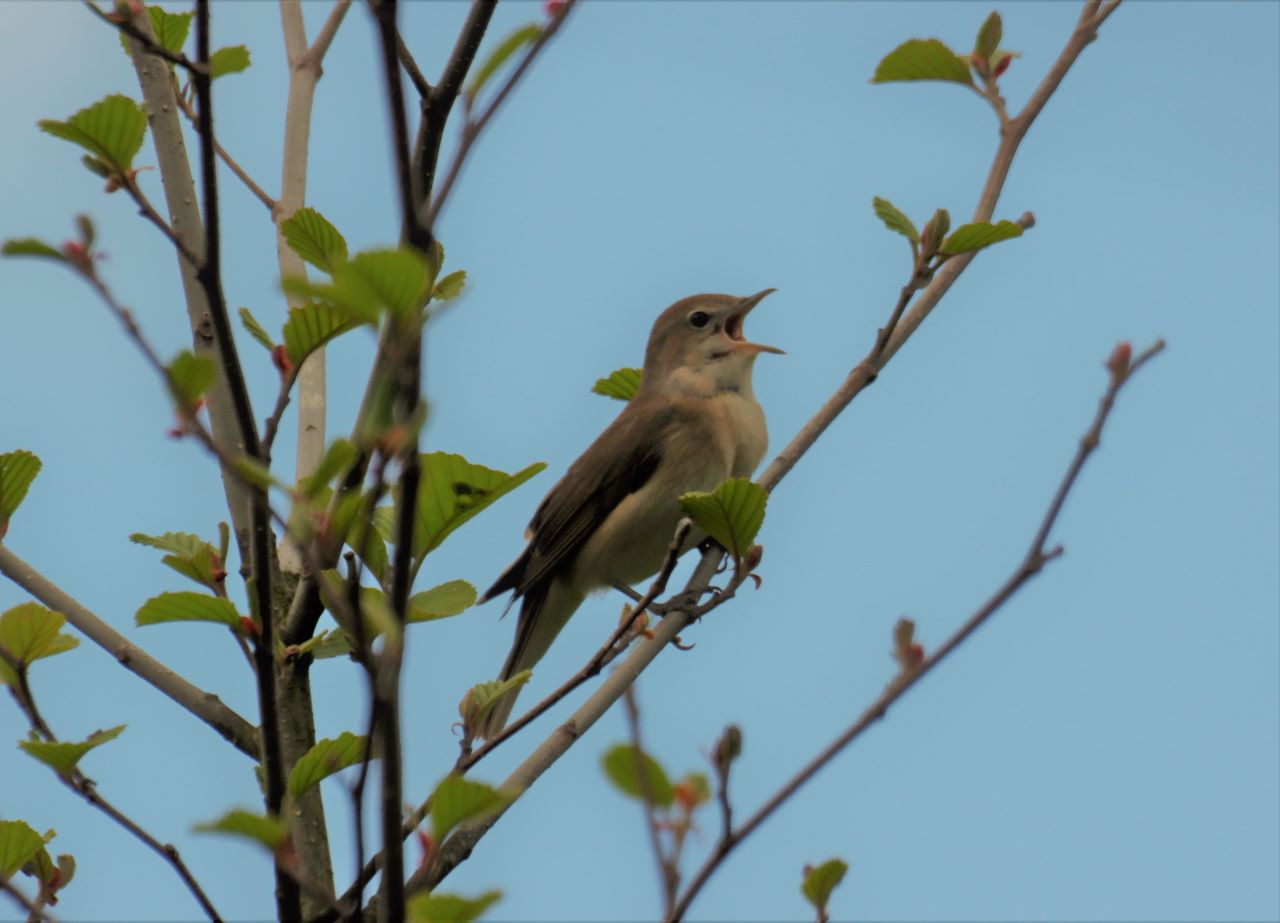
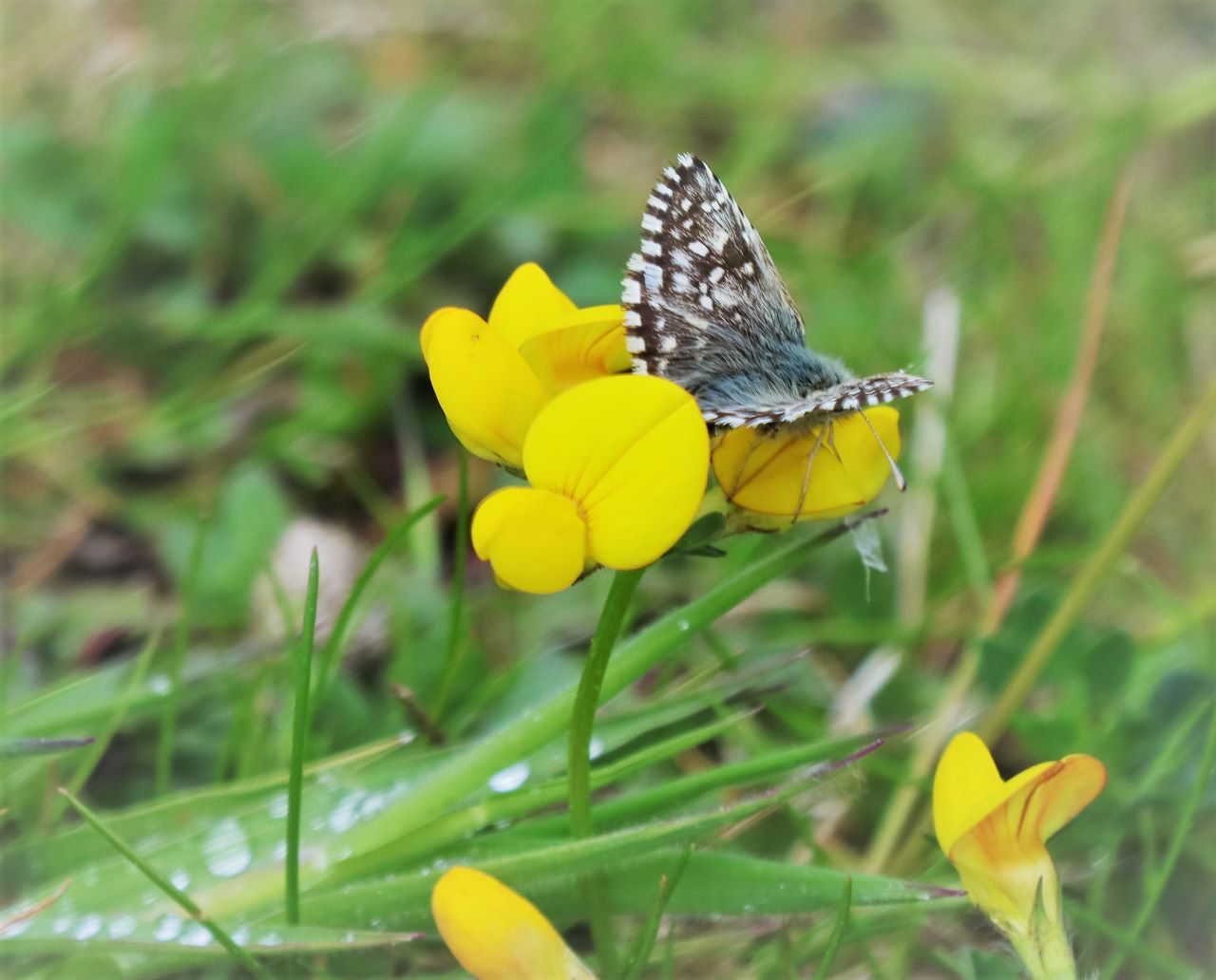

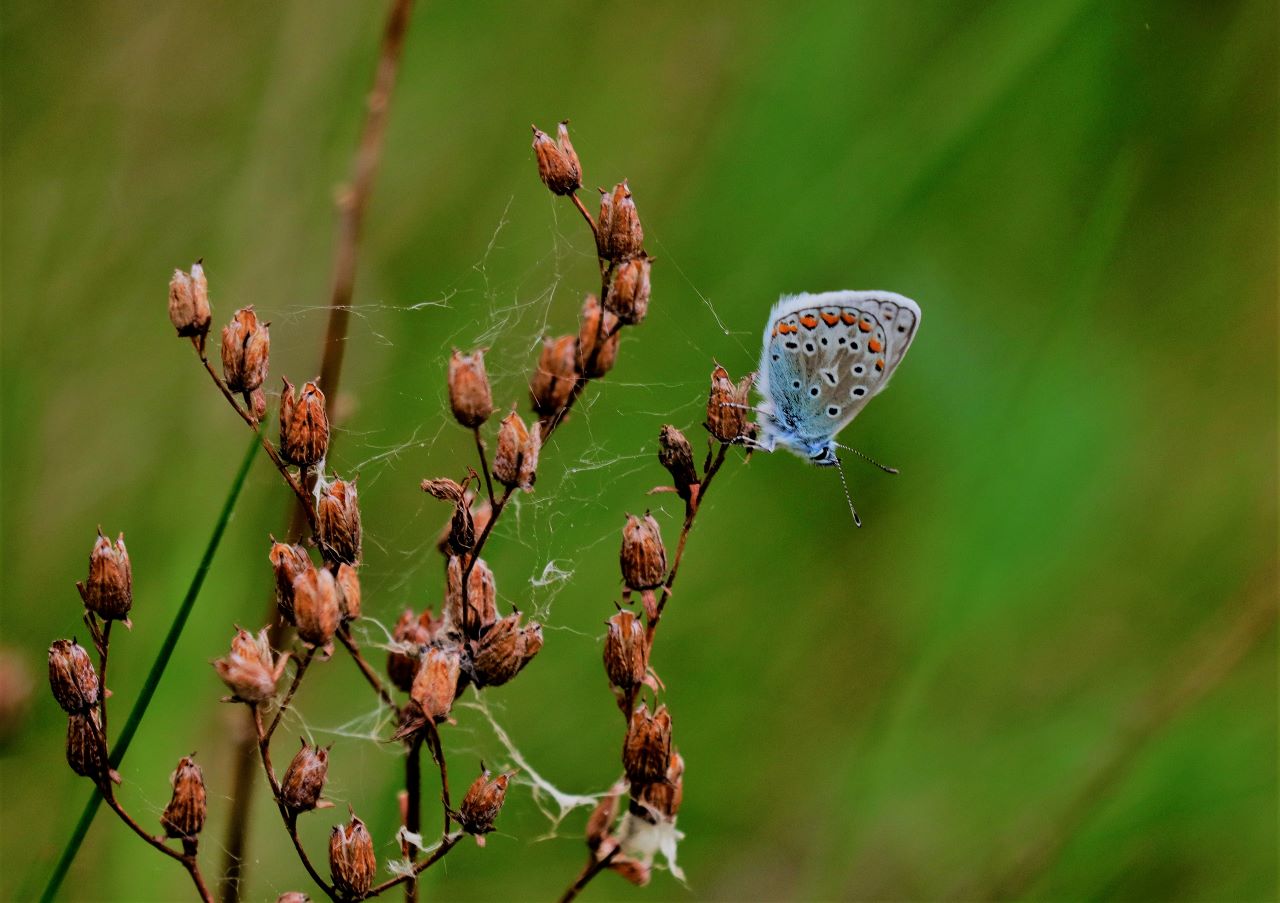
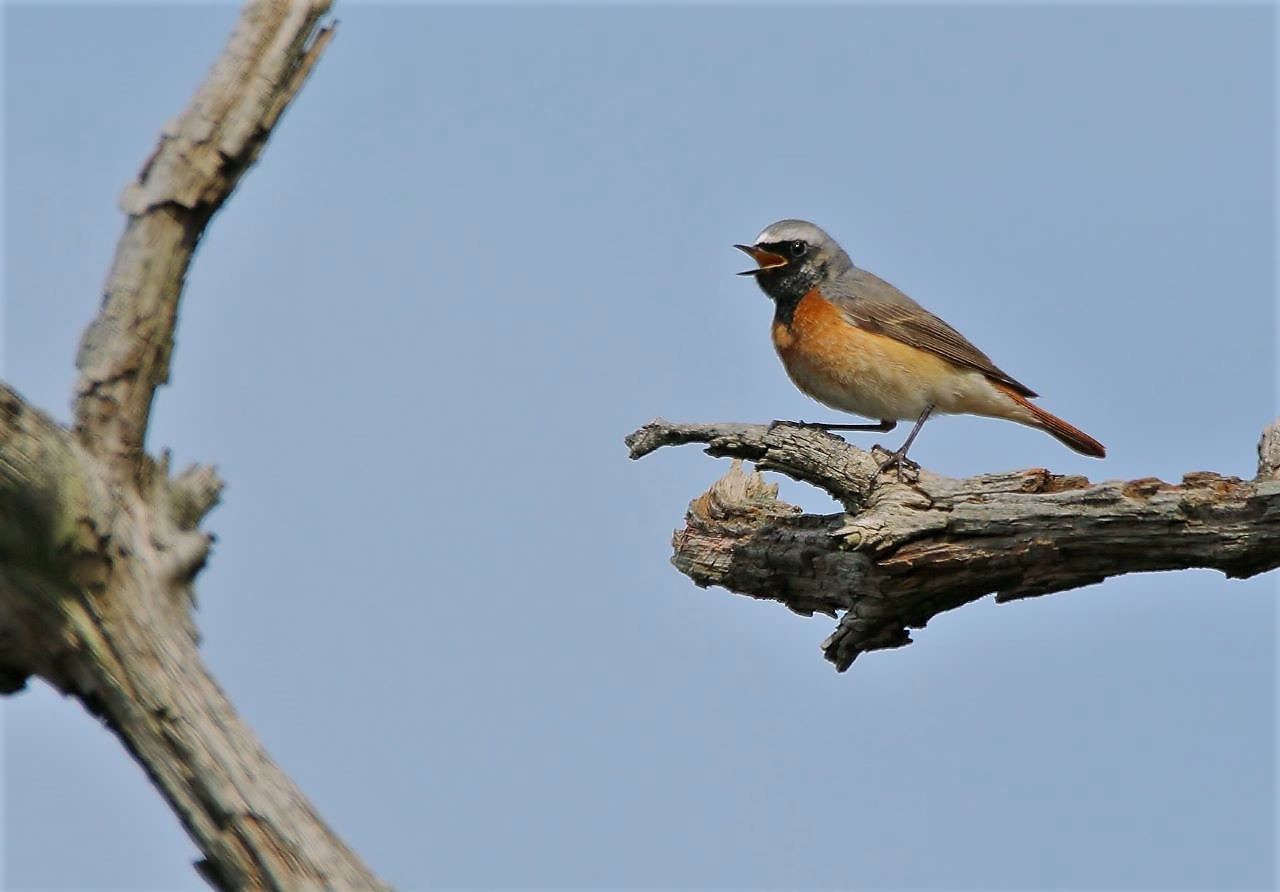
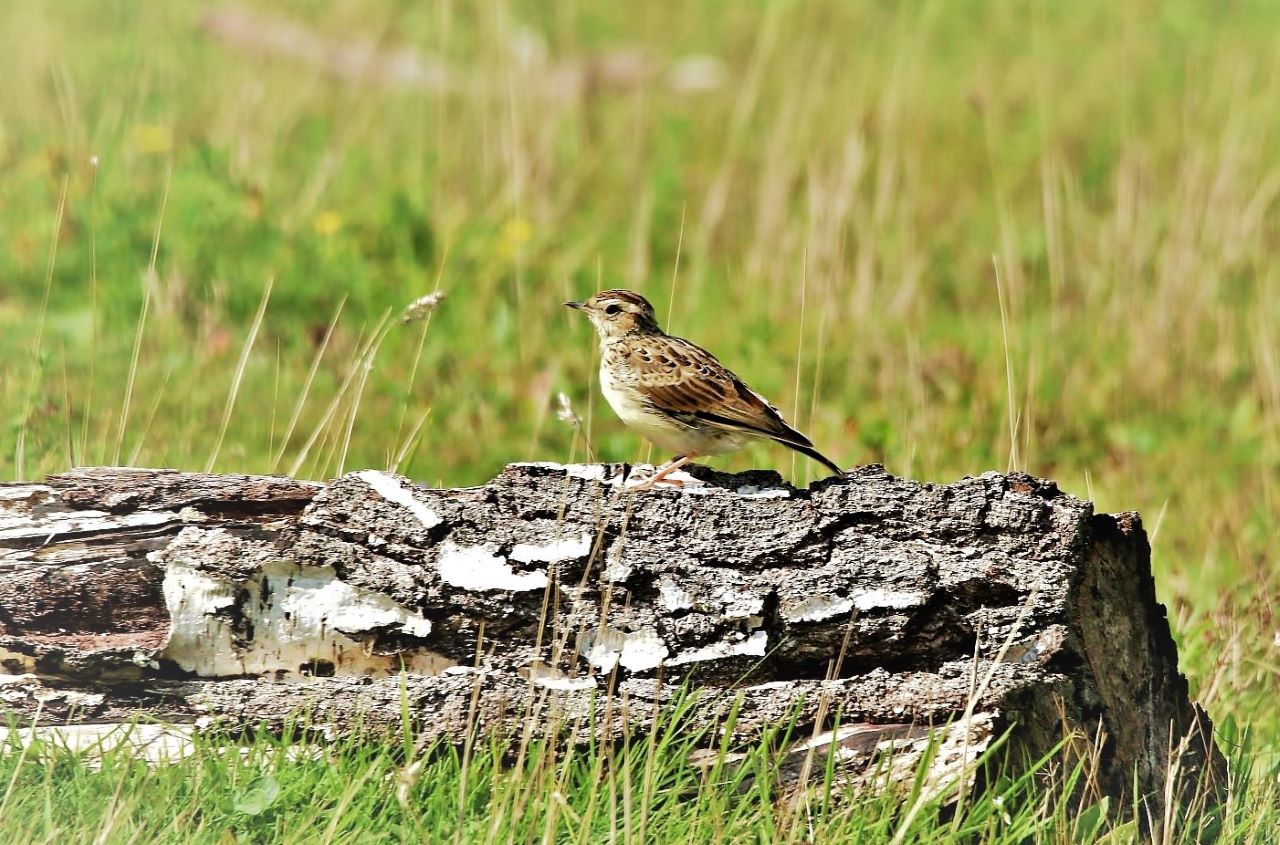
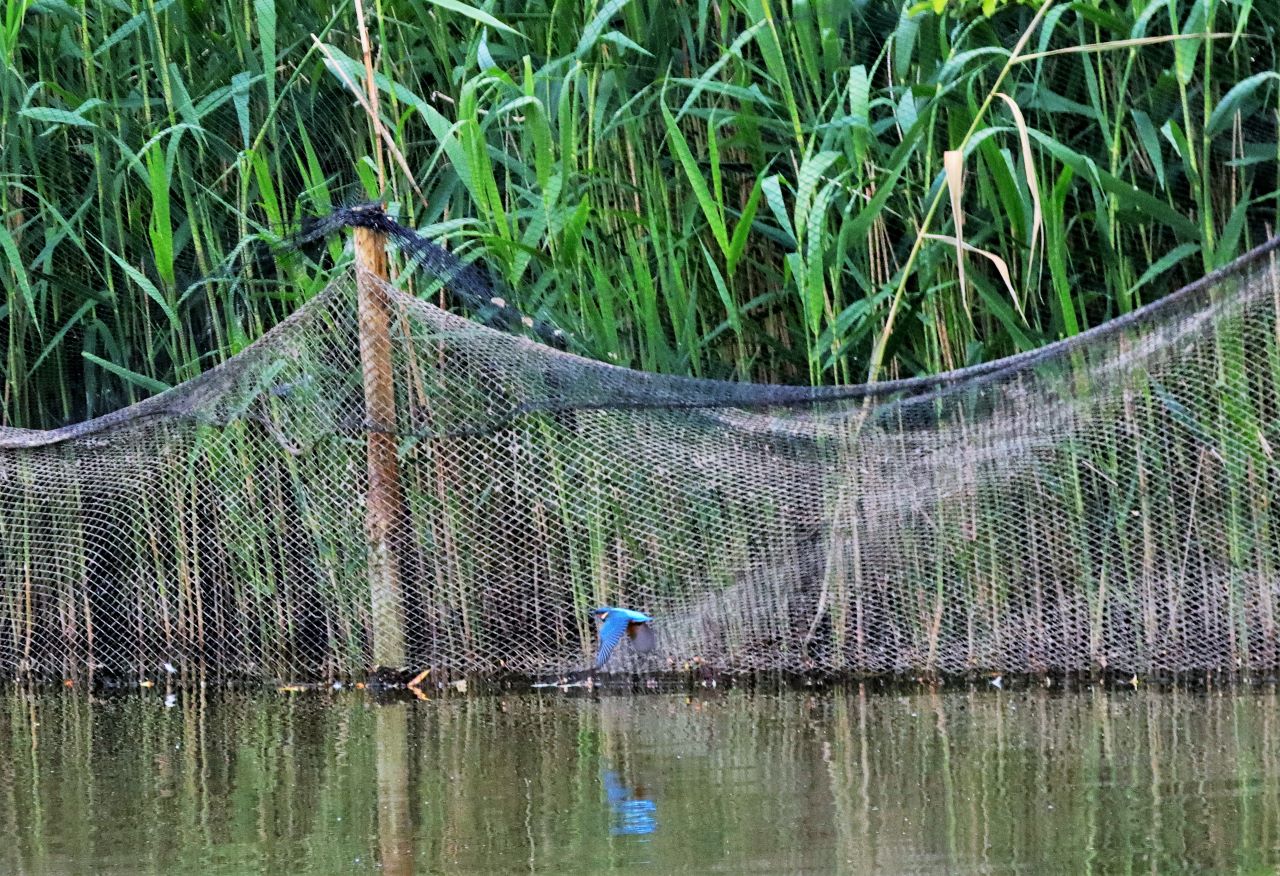


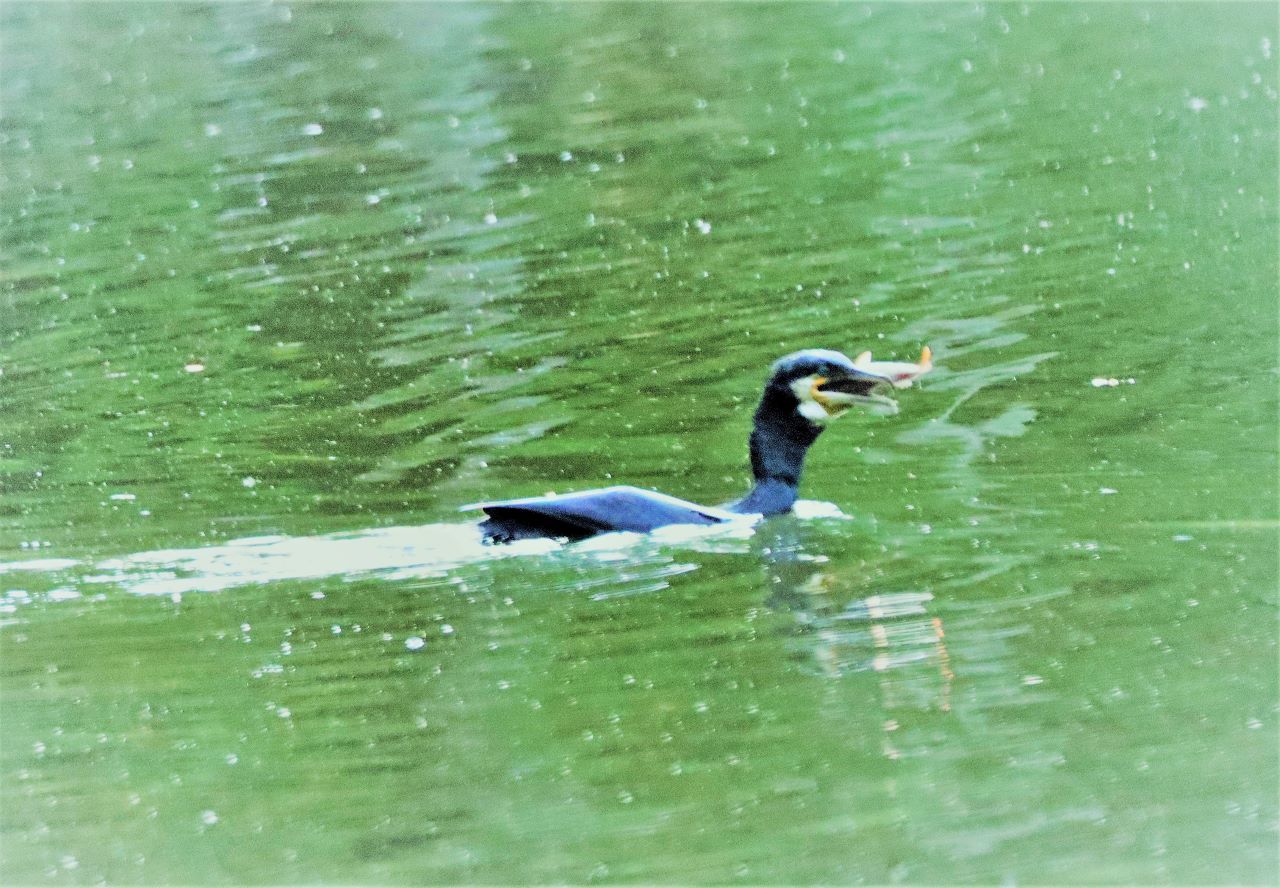
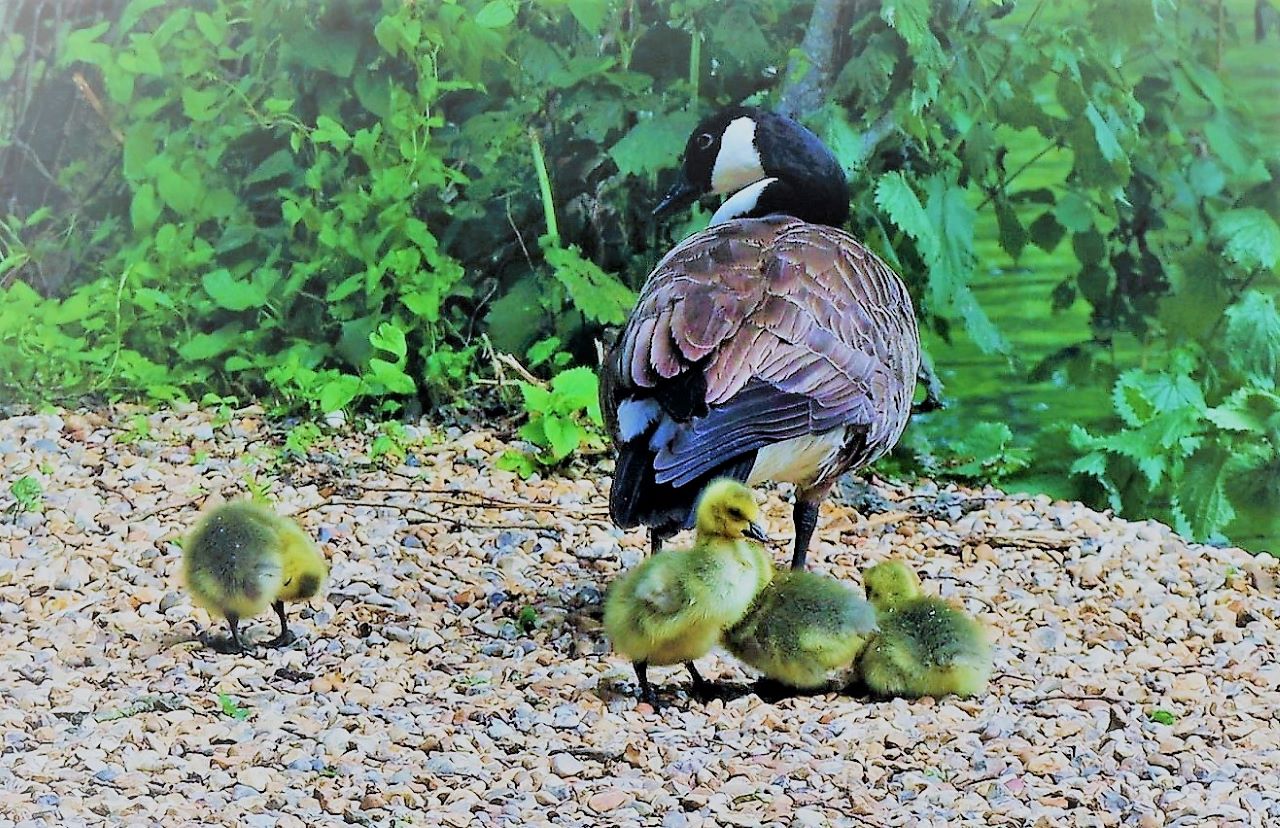
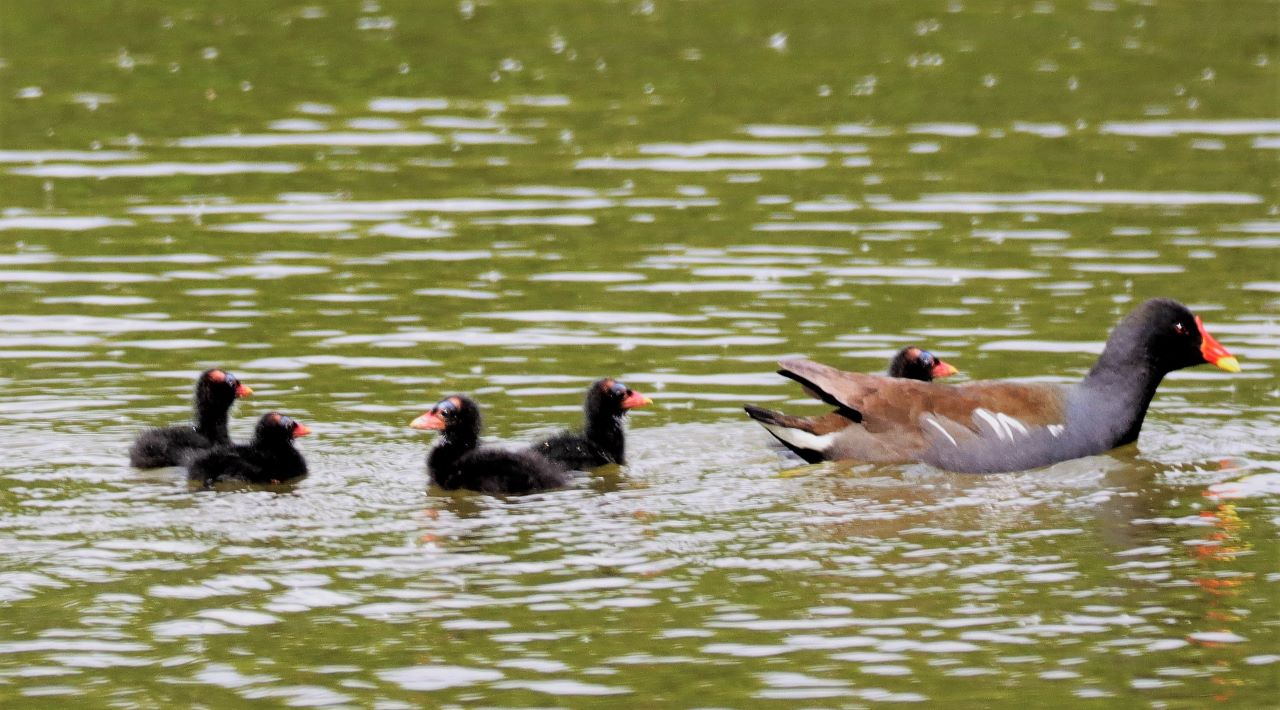

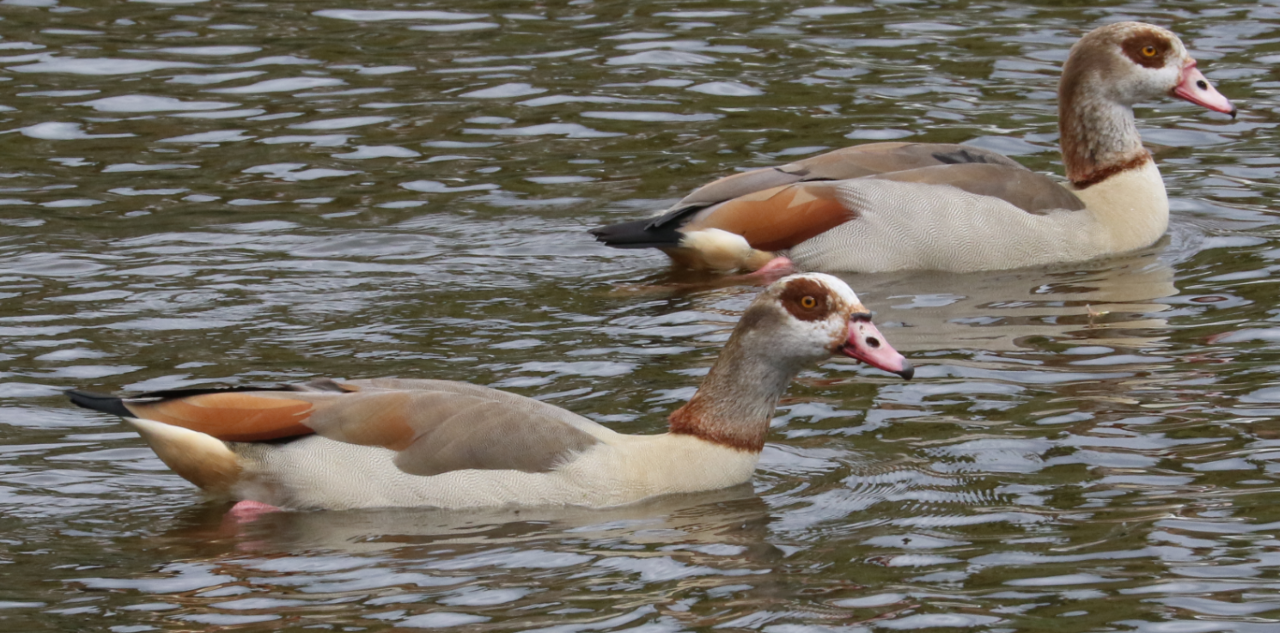
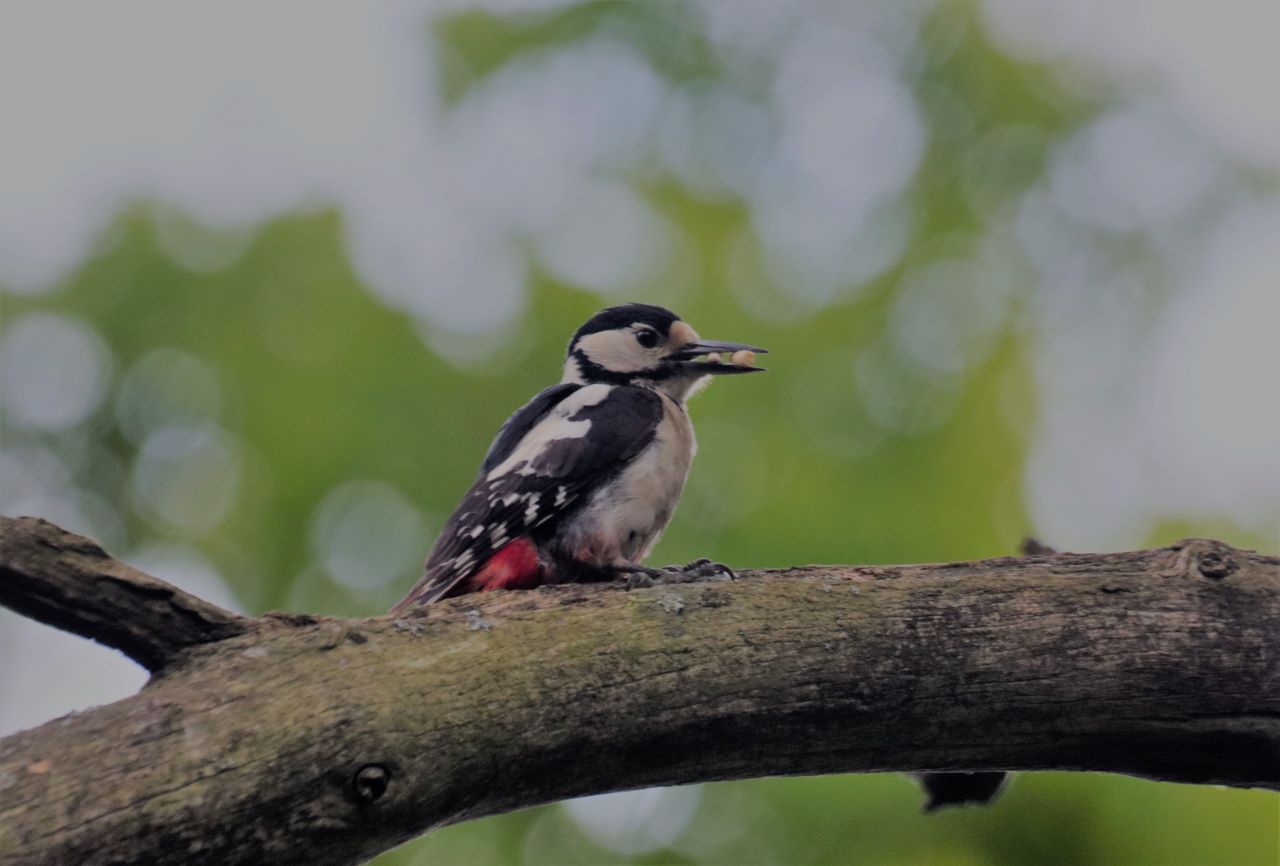
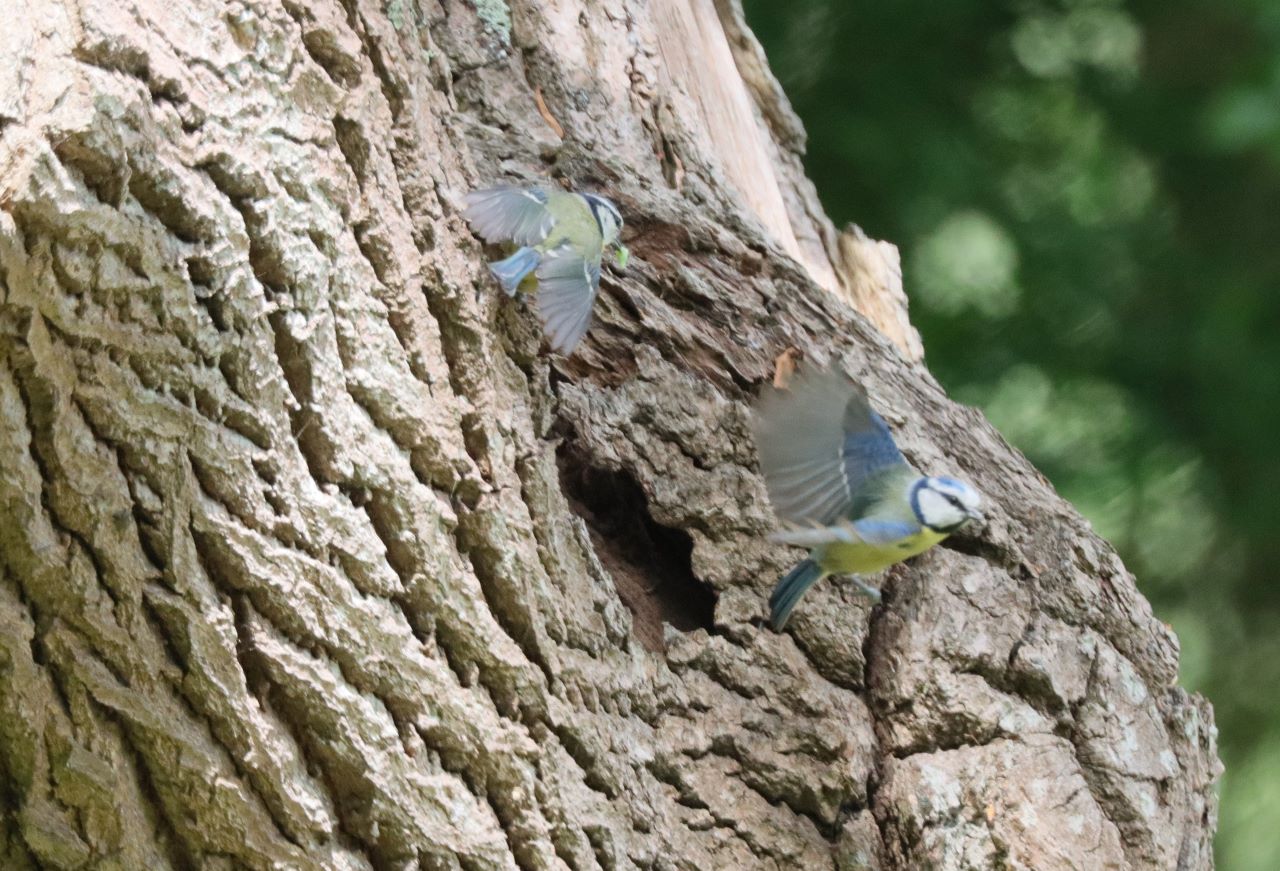

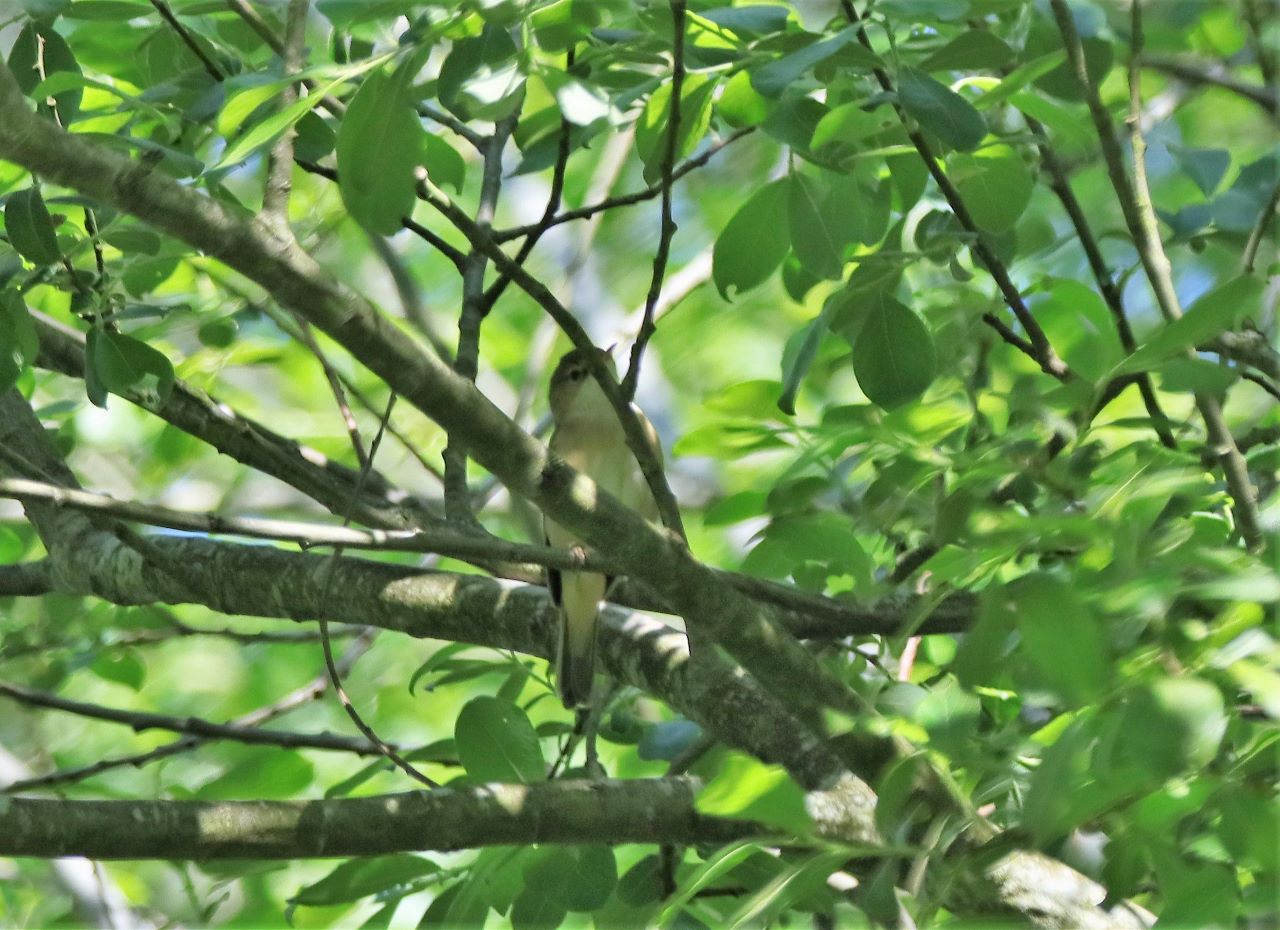
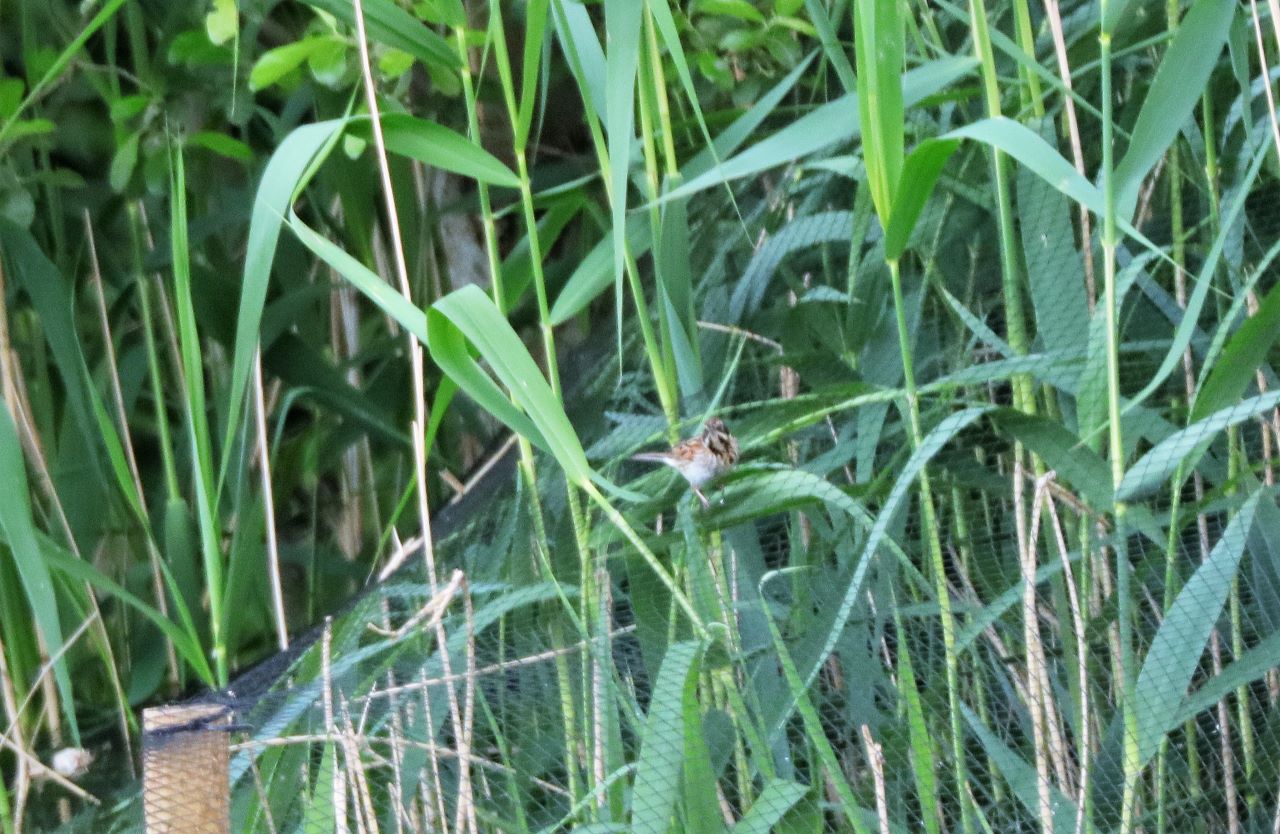
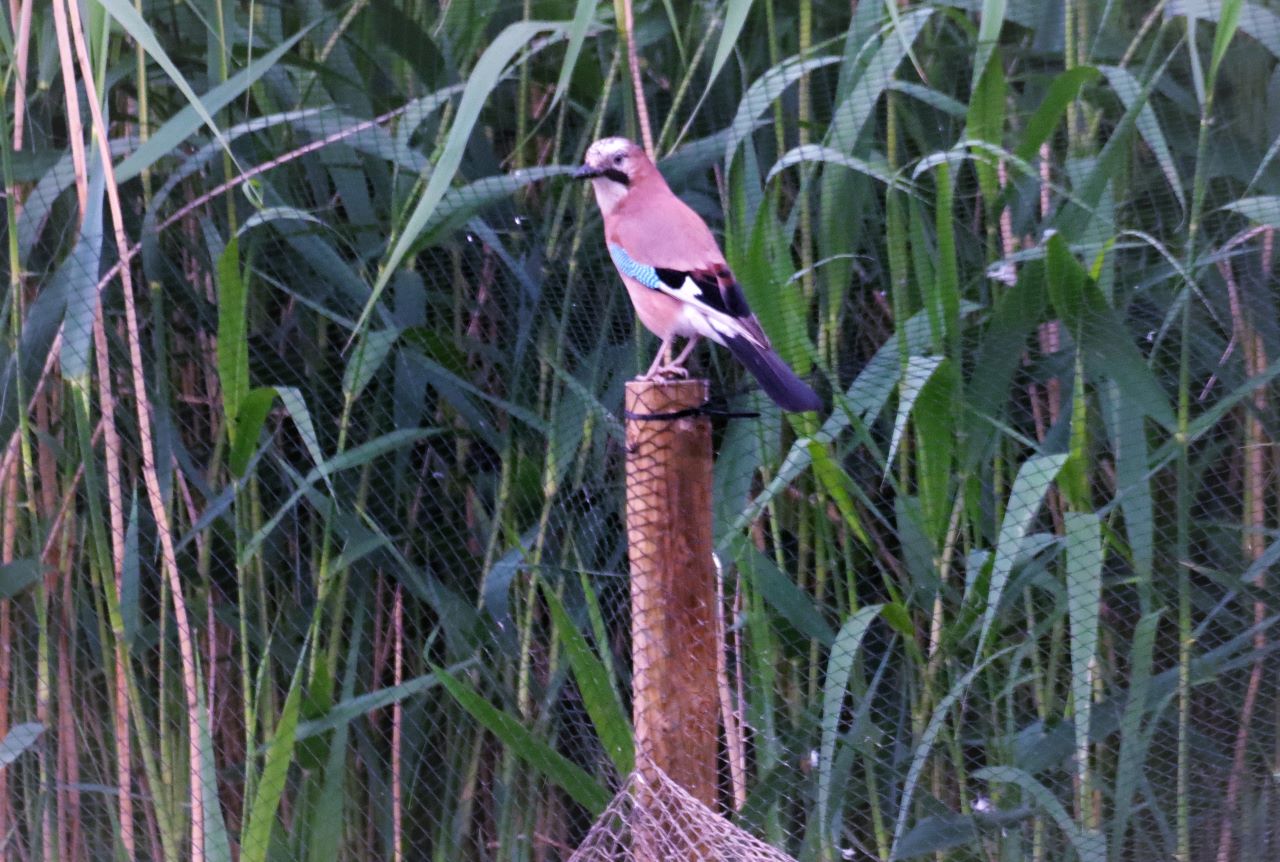


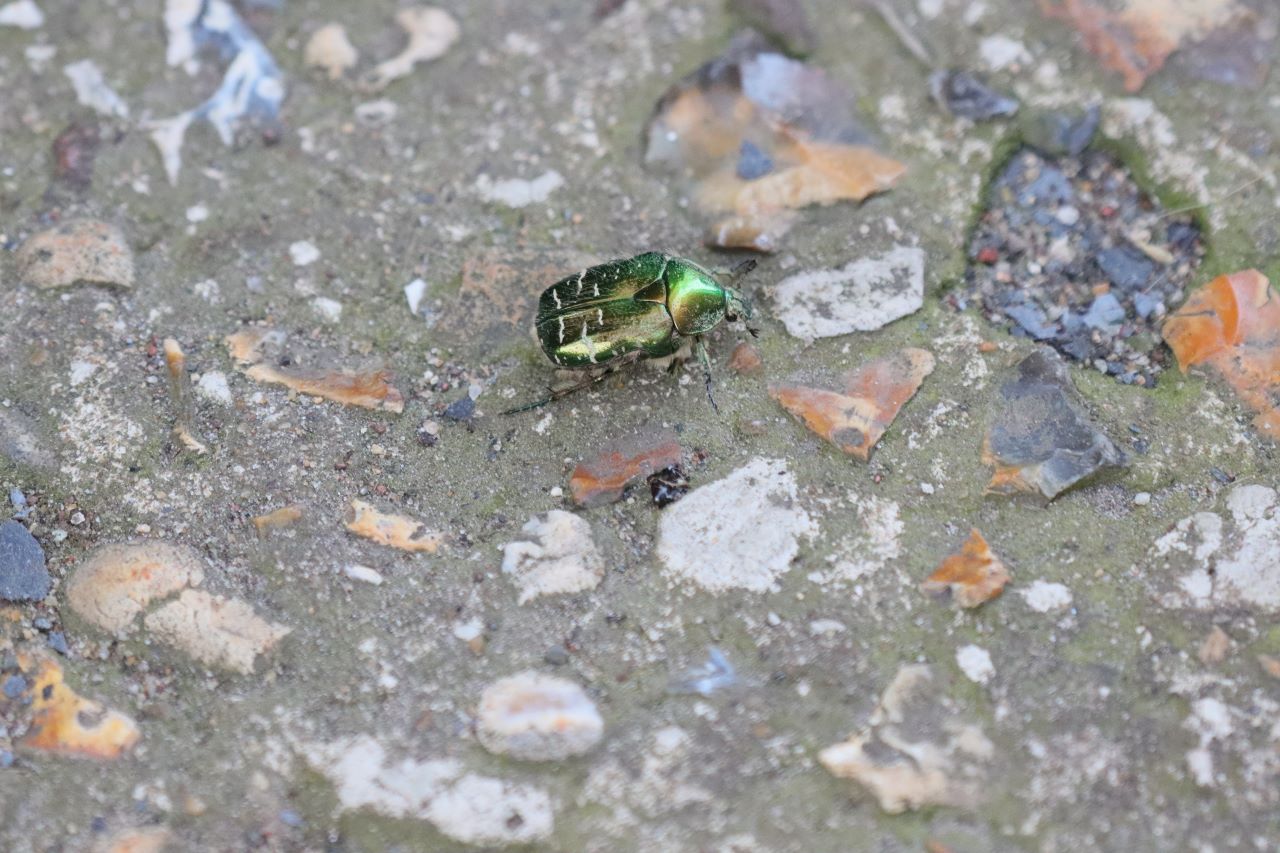
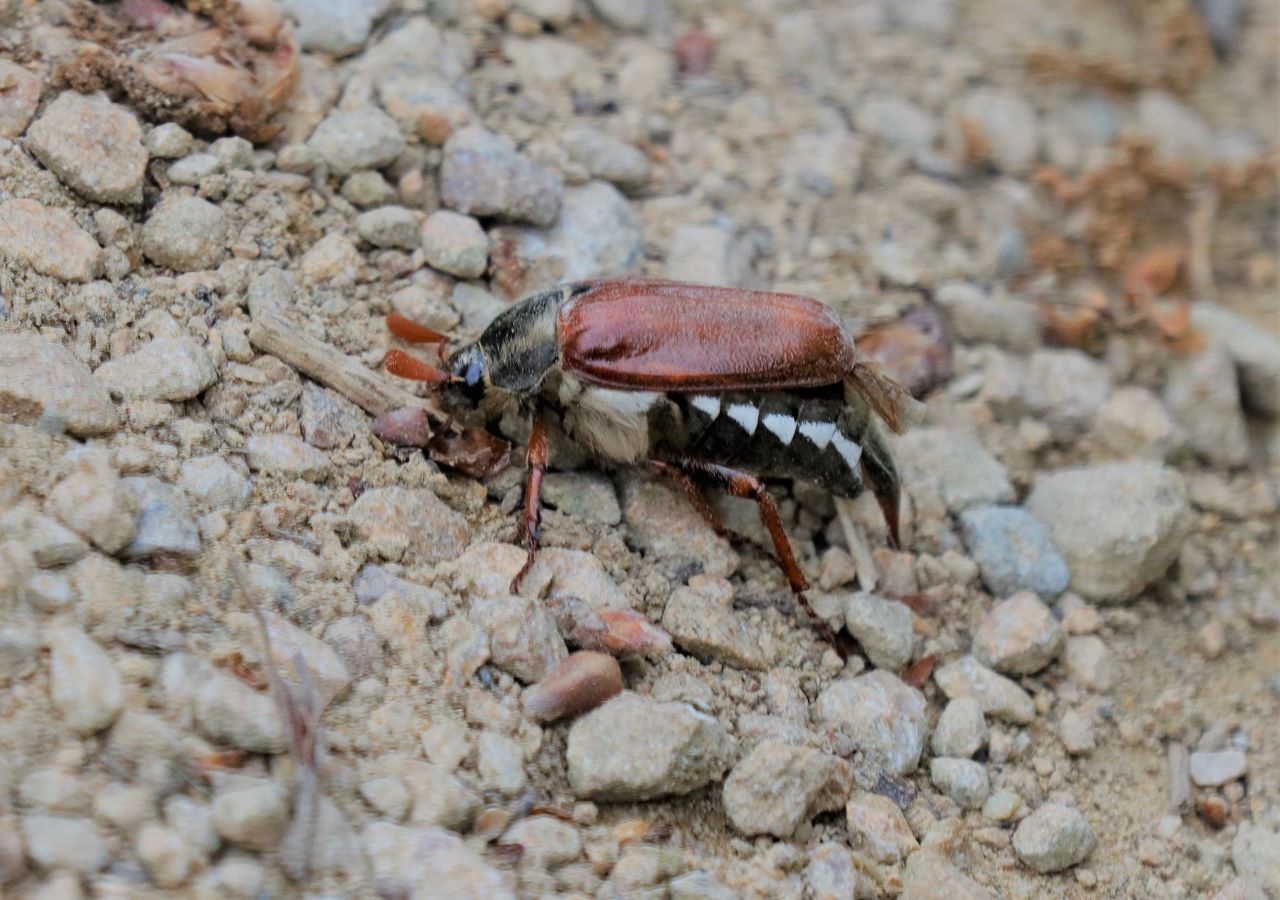
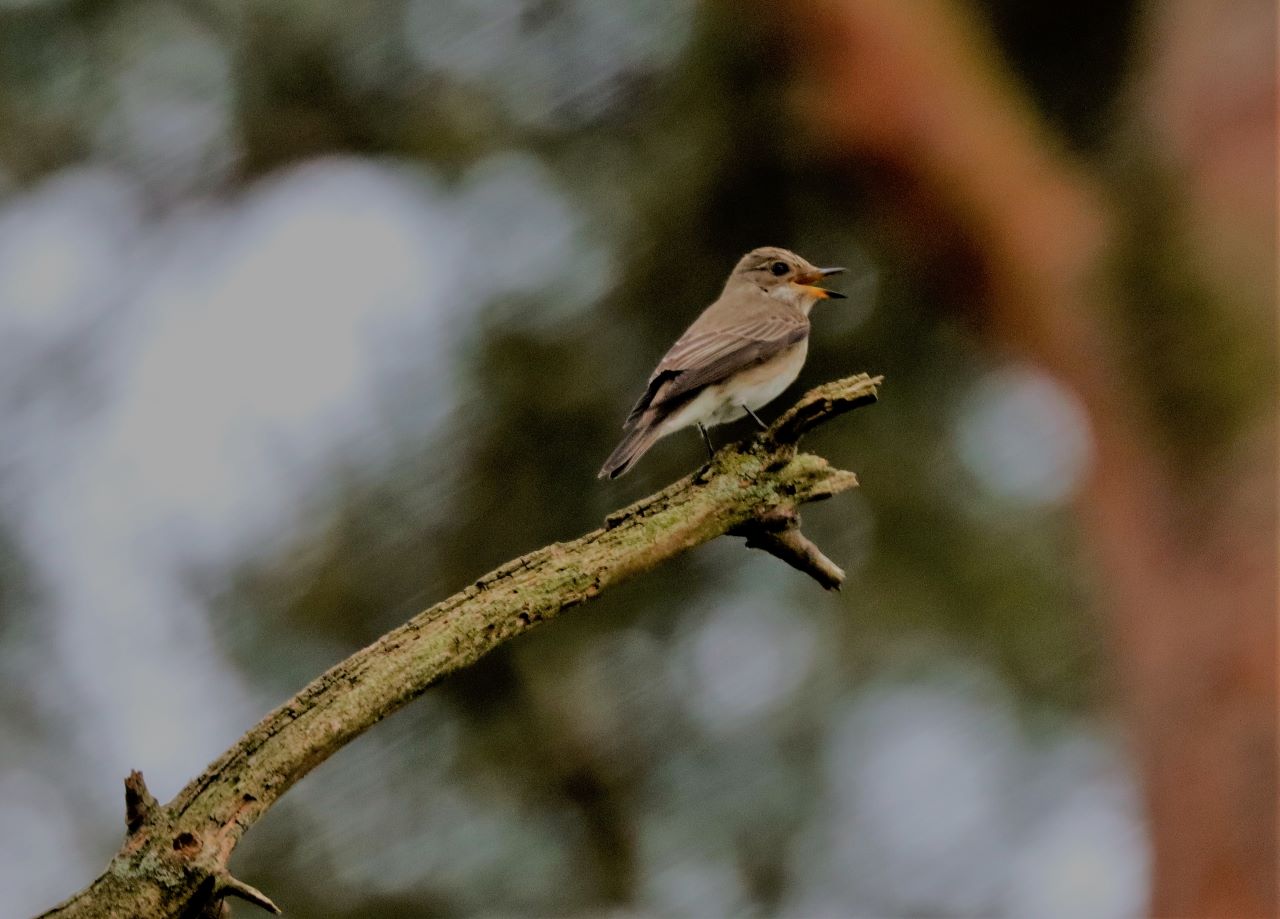
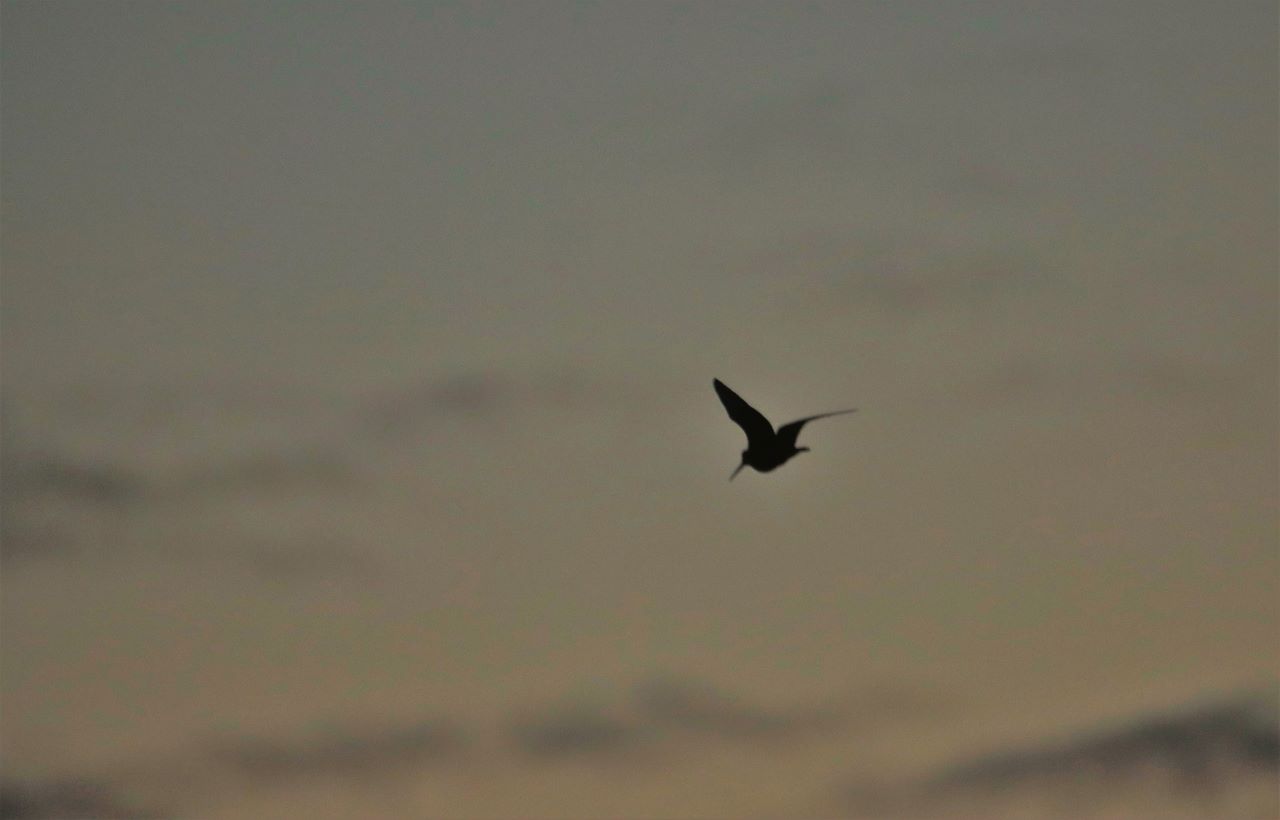


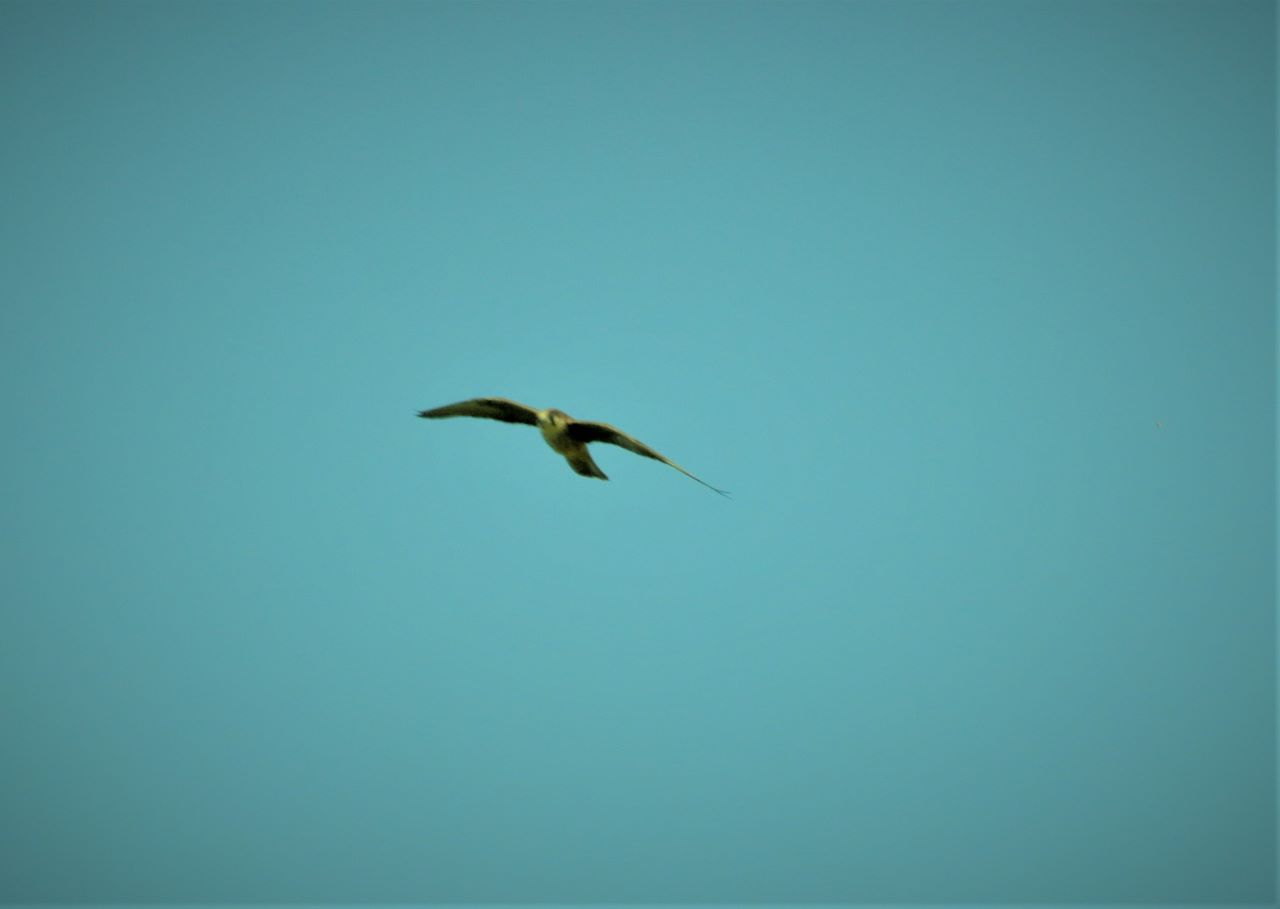

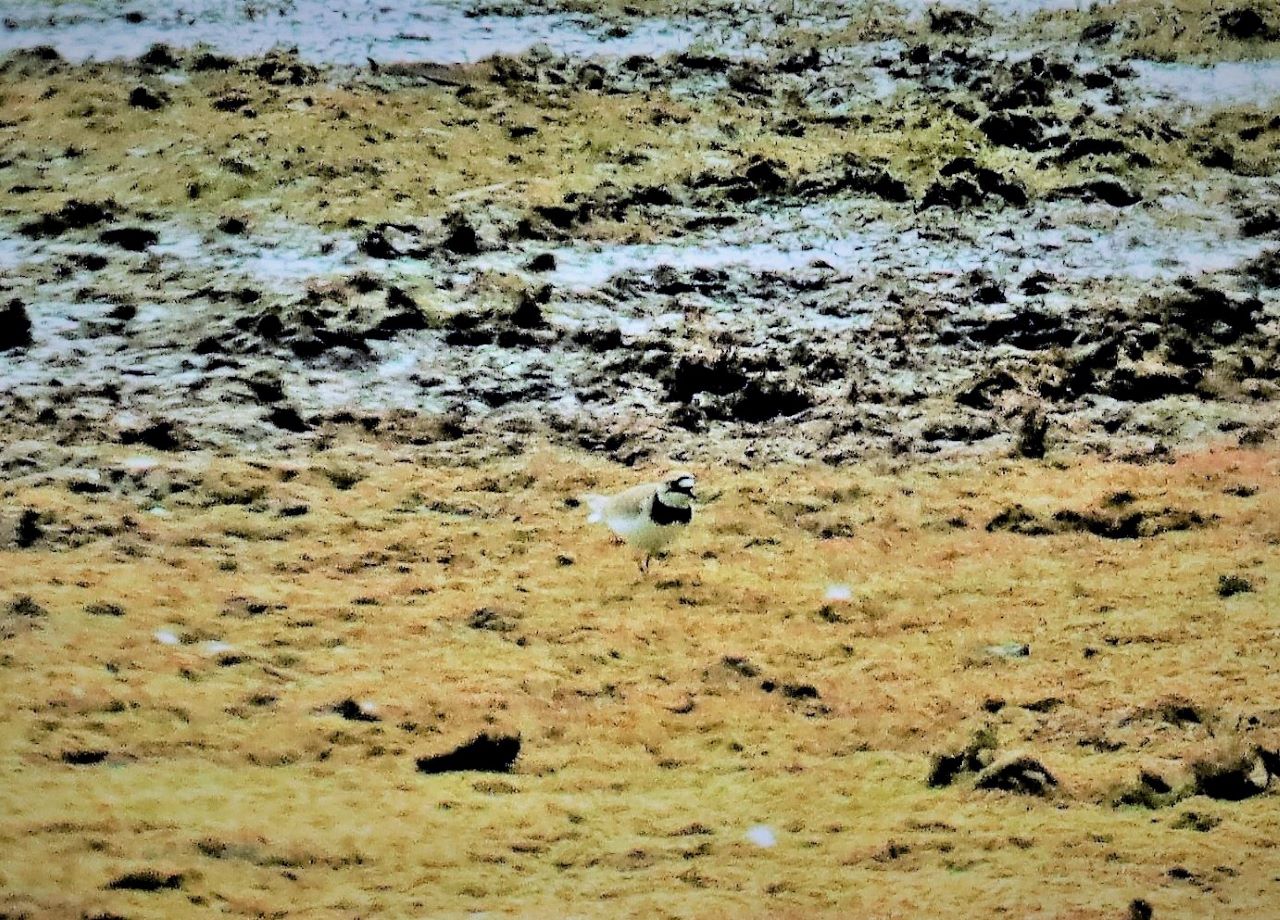
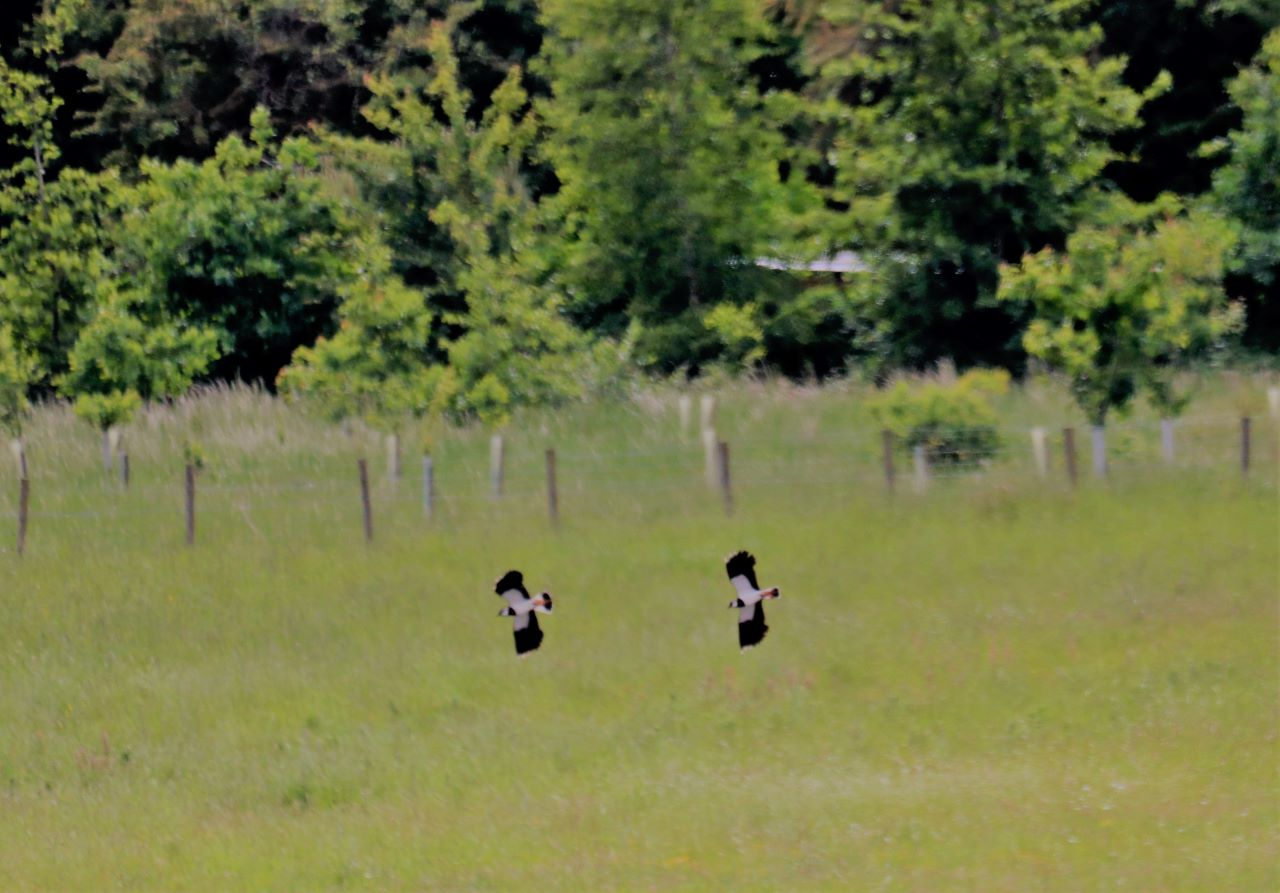
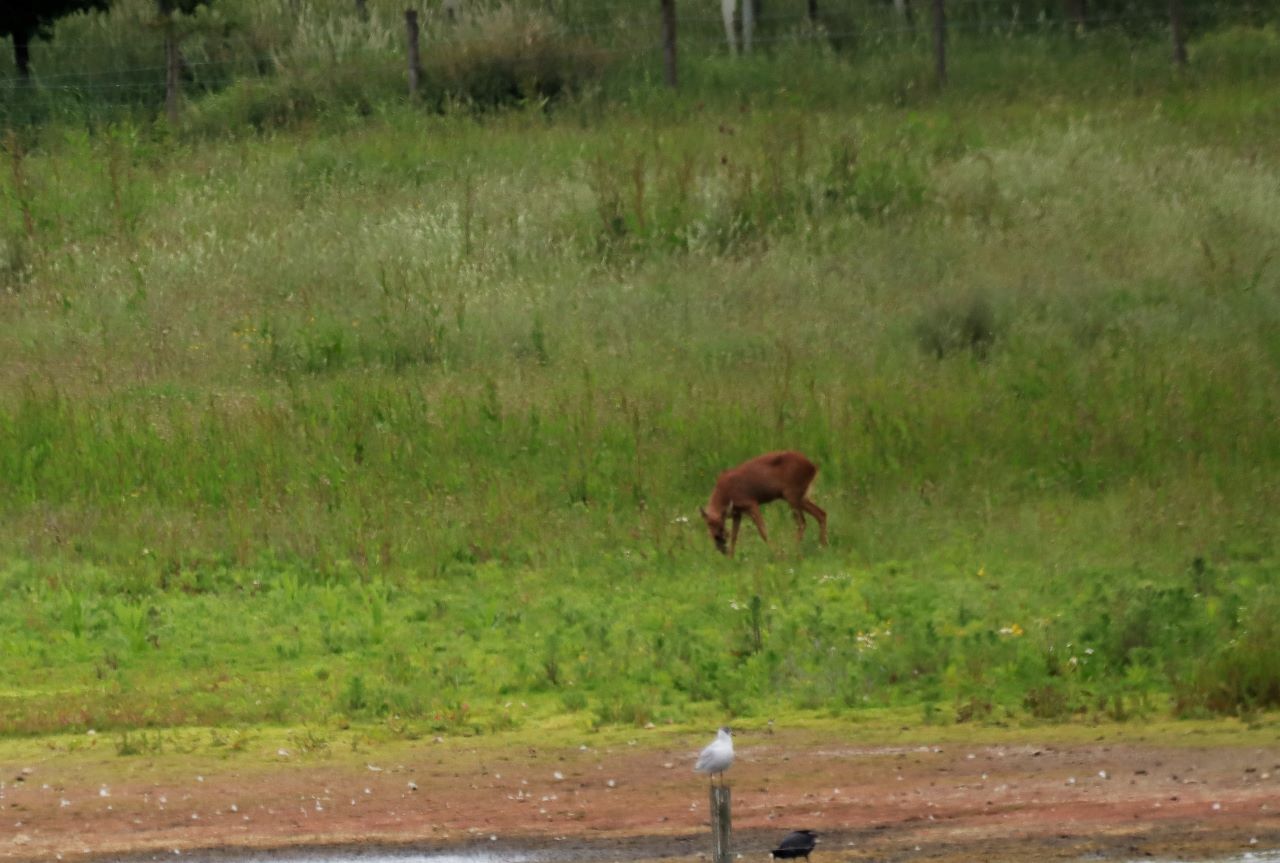












Recent Comments